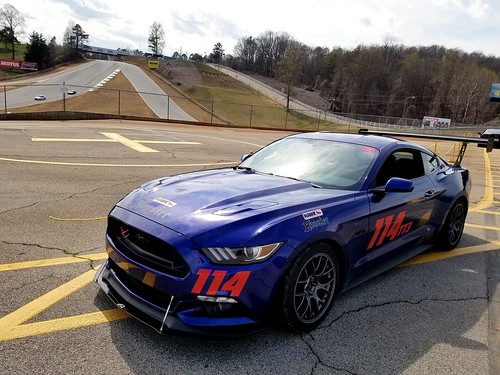eading edge and in prominent AJs Ovine CRF encircling the IAR-6-1 cell. Left–green channel. Boxed region is enlarged. Arrowhead indicates dot-like adhesions. Right–green and red channels. Dotted line indicates the position from the Y-projection. Scale bar 10 m. (B) Y-projection. Arrows mark lateral AJs amongst IAR-6-1 and IAR-2 cells. (C) Selected confocal slices from time lapse Z-stacks (S4 Video). The green channel is really a “Z- projection” of all three slices within a confocal Z-stack, the red channel is 16014680 the best slice. Asterisks indicate lateral AJs. Scale bar ten m. (D) A close-up view with the boxed region from (A). “Zprojection” of your green channel from the similar video. At the top edge of the IAR-6-1 cell, transient E-cadherin-based AJs are formed and rapidly disassembled. Arrowheads mark spots where diffuse E-cadherin accumulates into dot-like adhesions, asterisks mark persisting E-cadherin dots,  and arrows indicate disappearance on the dots.
and arrows indicate disappearance on the dots.
We also discovered that by four h following seeding onto the IAR-2 monolayer, transformed cells started to invade typical epithelial cells. By 24 h soon after seeding about 150% of transformed IAR-6-1 cells invaded the monolayer from the best down and attached for the surface on the glass underneath IAR-2 cells. Neoplastic cells could migrate more than the glass substrate underneath the epithelial monolayer (Fig 4A and S5 Video). In some cases, attachment of an IAR-61 cell to glass was followed by its detachment and apical extrusion from the monolayer (information not shown). Equivalent apical extrusion of MDCK epithelial cells with tetracycline-induced expression of RasV12 in mixed culture with regular epithelial cells was demonstrated by Hogan et al. [29]. To investigate in detail the sequence of events that take place through invasion of the epithelial monolayer by neoplastic cells, time lapse Y-stacks have been acquired. The transformed cell on best on the monolayer initially formed a pseudopod that penetrated the monolayer and attached towards the glass underneath IAR-2 cells. Inside 1 hours, the entire cell body squeezed through the monolayer and spread on the glass surface (Fig 4B and S6 Video).
Transformed IAR-6-1 cells invade the monolayer of standard IAR-2 cells. EGFP-expressing IAR-6-1 cells were seeded onto the monolayer of mKate2-expressing IAR-2 cells. (A) Frames from S5 Video, bottom slices out of time lapse confocal Z-stacks (substrate level). Frame 1 is really a DIC image in the corresponding field taken at t = 0′, with all the overlaid track (525 min; 1 point/15 min) on the migrating IAR-6-1 cell. The IAR-6-1 cell is on best of your monolayer at 145′; a narrow pseudopod invades the monolayer and can be seen in the substrate level at 175′ and spreads at 180′; the whole cell migrates across the monolayer and spreads on the underlying substrate at 185′, plus the cell acquires an elongated shape and migrates underneath the monolayer at 36535′. Scale bar 50 m. (B) Frames from S6 Video, middle slices out of time lapse confocal Y-stacks. At 0′, the whole IAR-6-1 cell is on prime with the IAR-2 monolayer, cupped inside the indentation within the underlying IAR-2 cell. At 65′, a narrow pseudopod extends, invading the monolayer and touching the underlying substrate. At 8000′, the pseudopod widens and spreads across the substrate, and at 16000′, the cell physique migrates across the monolayer.
To visualize migration of transformed cells across epithelial monolayers, we next used IAR-2 cells stably expressing GFP-E-cadherin and IAR-6-1 cells stably expressing mKate2. In IAR-2 cells,
http://cathepsin-s.com
Cathepsins
